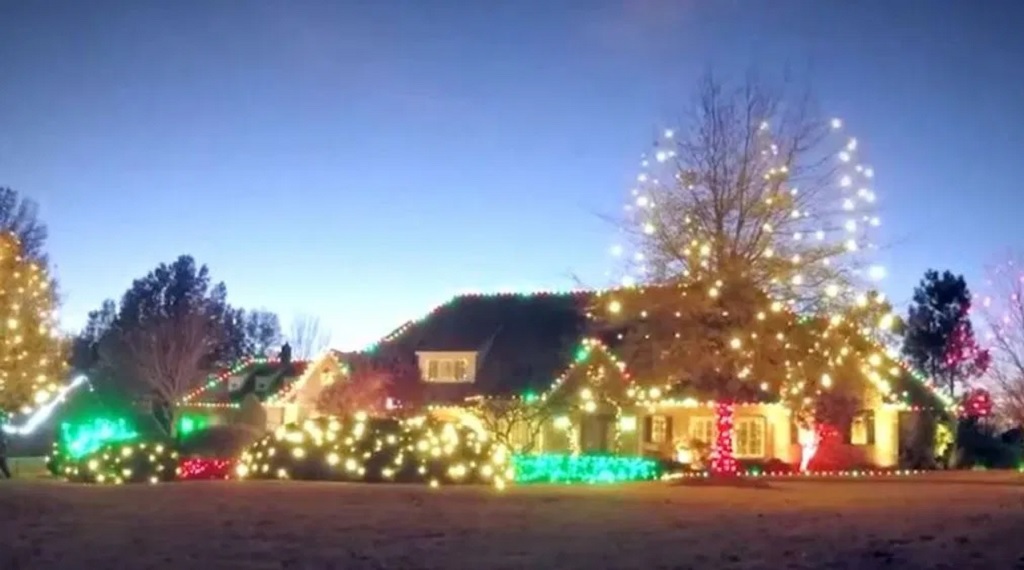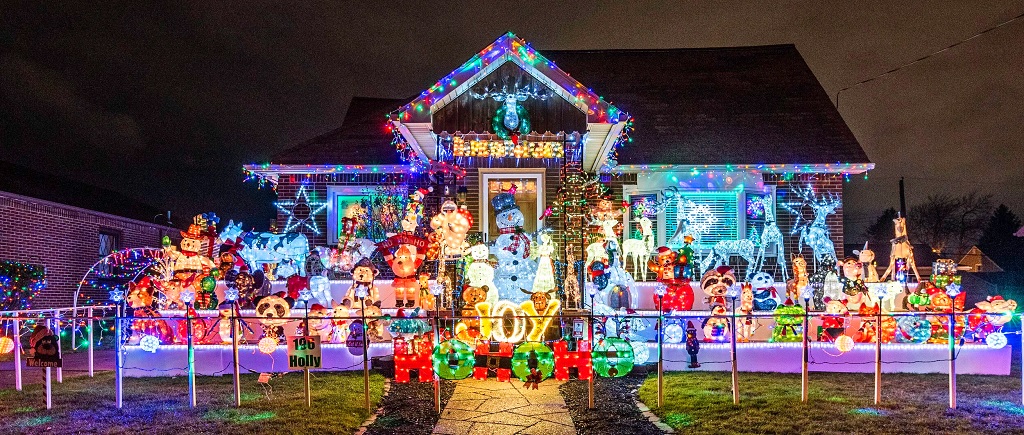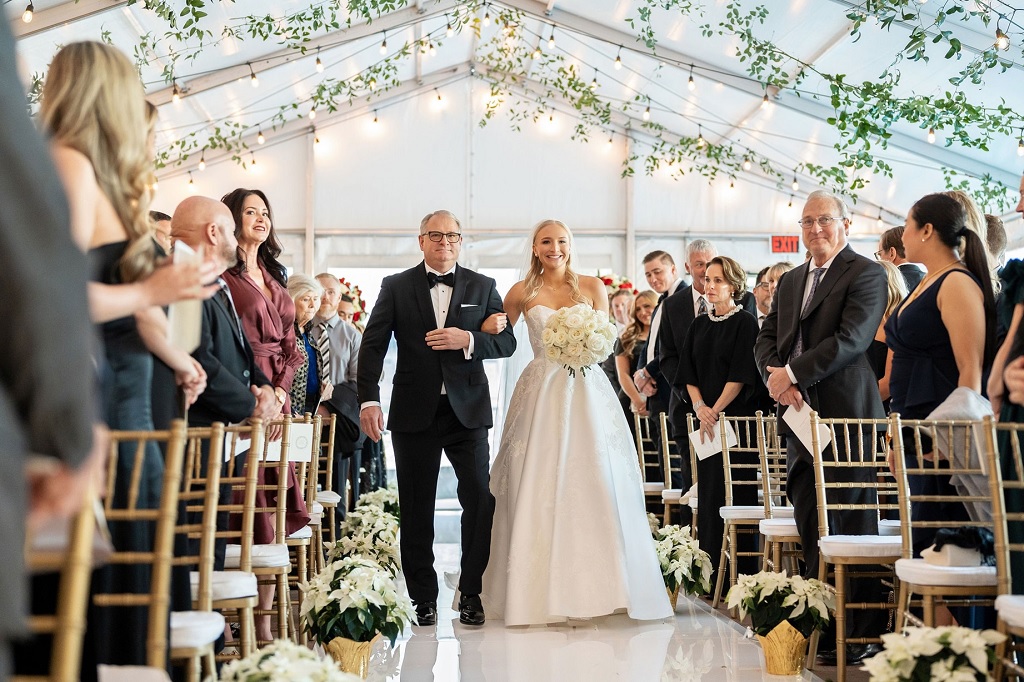Standing on your driveway, eyeing the sharply pitched roof, you wonder: How did Clark Griswold make EverLights christmas lighting installation look so easy? The stakes are sky high literally when you string lights on a second story or higher. Let’s cut to the chase: accidents are way too common, and a little planning can keep both you and your decorations off the evening news.

First commandment ditch the rickety step stool. High work demands a strong ladder. Choose one specifically rated for your weight with a few pounds to spare. Fiberglass ladders resist electricity, just in case things get zappy. Check that the legs sit flat on the ground; an uneven perch guarantees wobbles and woe. Secure the ladder at the top or have a helper hold it still. No heroics on solo missions.
Weather is a hidden foe. Wait for a dry day with steady hands and clear sight. Even a shimmer of frost can turn roof work into winter slip-n-slide. Wind’s another beast—just five extra miles per hour can push you off balance, lights and all.
Never carry everything up at once. Use a tool belt or a bucket on a rope. This trick keeps both hands free, which is invaluable if you suddenly need to brace yourself. Gloves provide an extra layer of grip and help you avoid cuts from sharp shingle edges. Shoes matter too—rubber soles give extra traction, while old sneakers can turn traitor at the worst moment.
Harnesses aren’t just for rock climbers. For steep roofs or if you’ll be at the edge for more than a minute, invest in a safety harness kit. Anchor it securely to a stable point on the roof frame, not just a gutter spike. The upfront cost beats a trip to the hospital by a mile.
Getting those high points wrapped in color takes care, some gear, and common sense. Take it slow, keep safety at the front, and you’ll light up your neighborhood without ringing in the holidays from a hospital bed.


